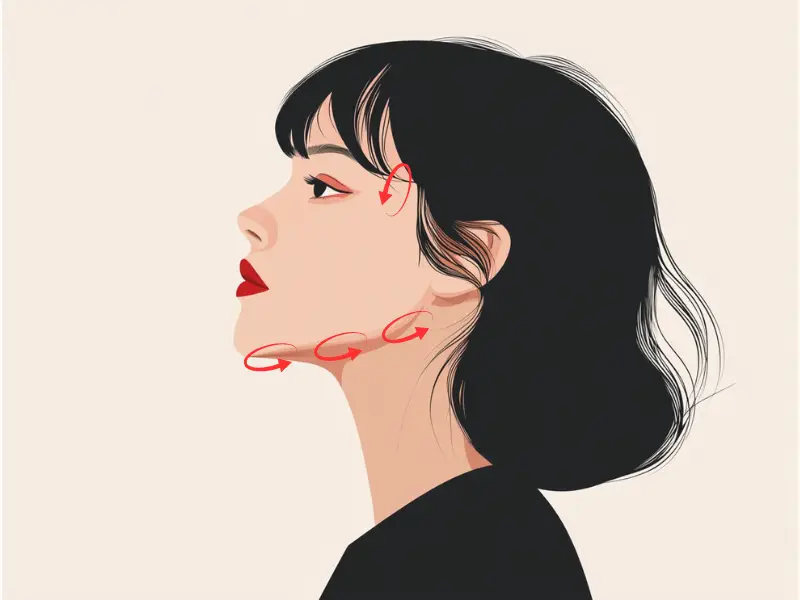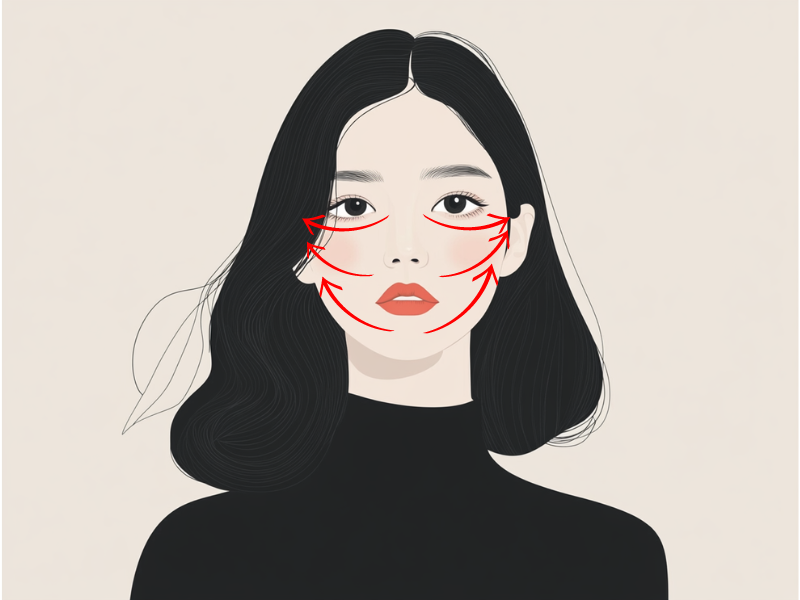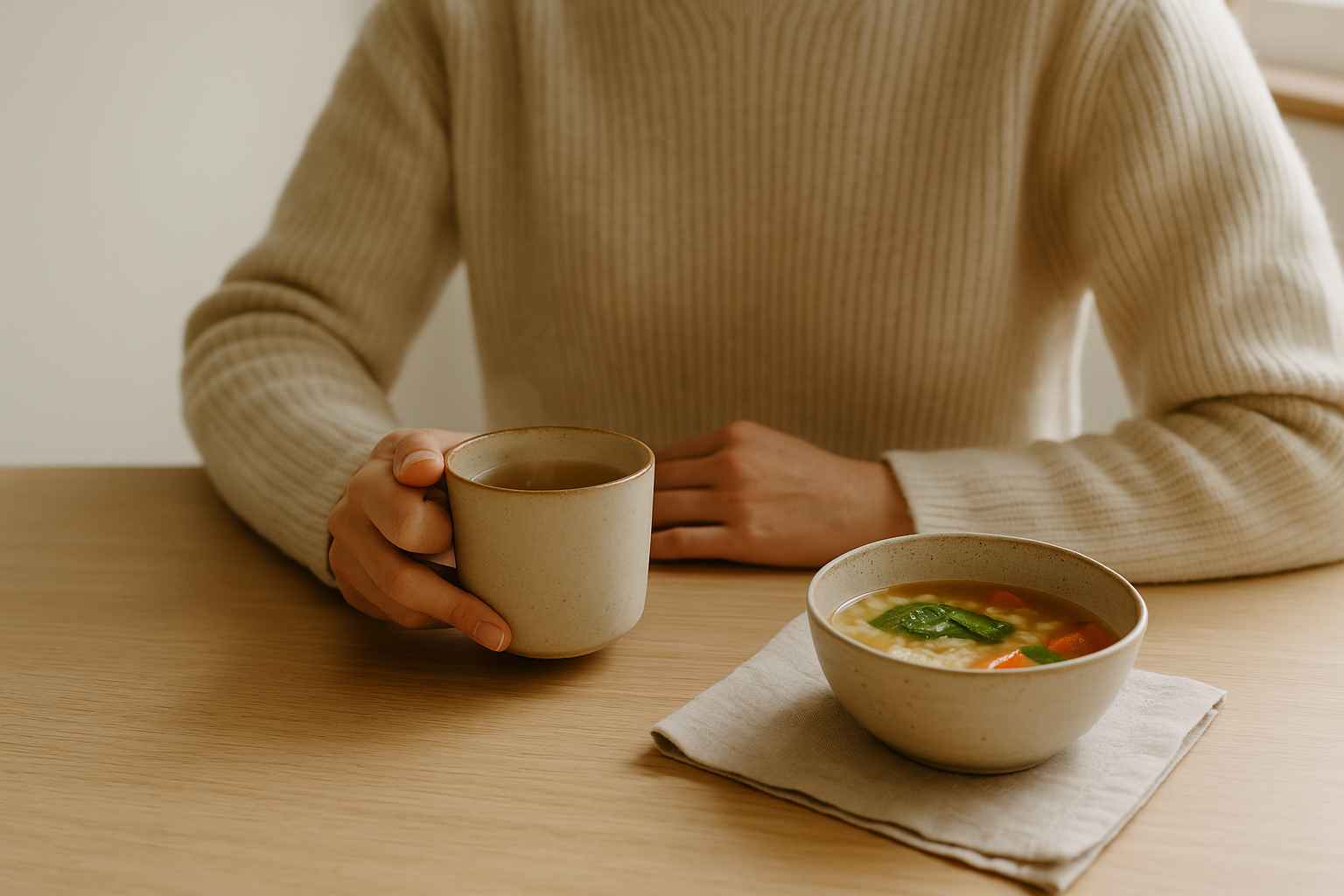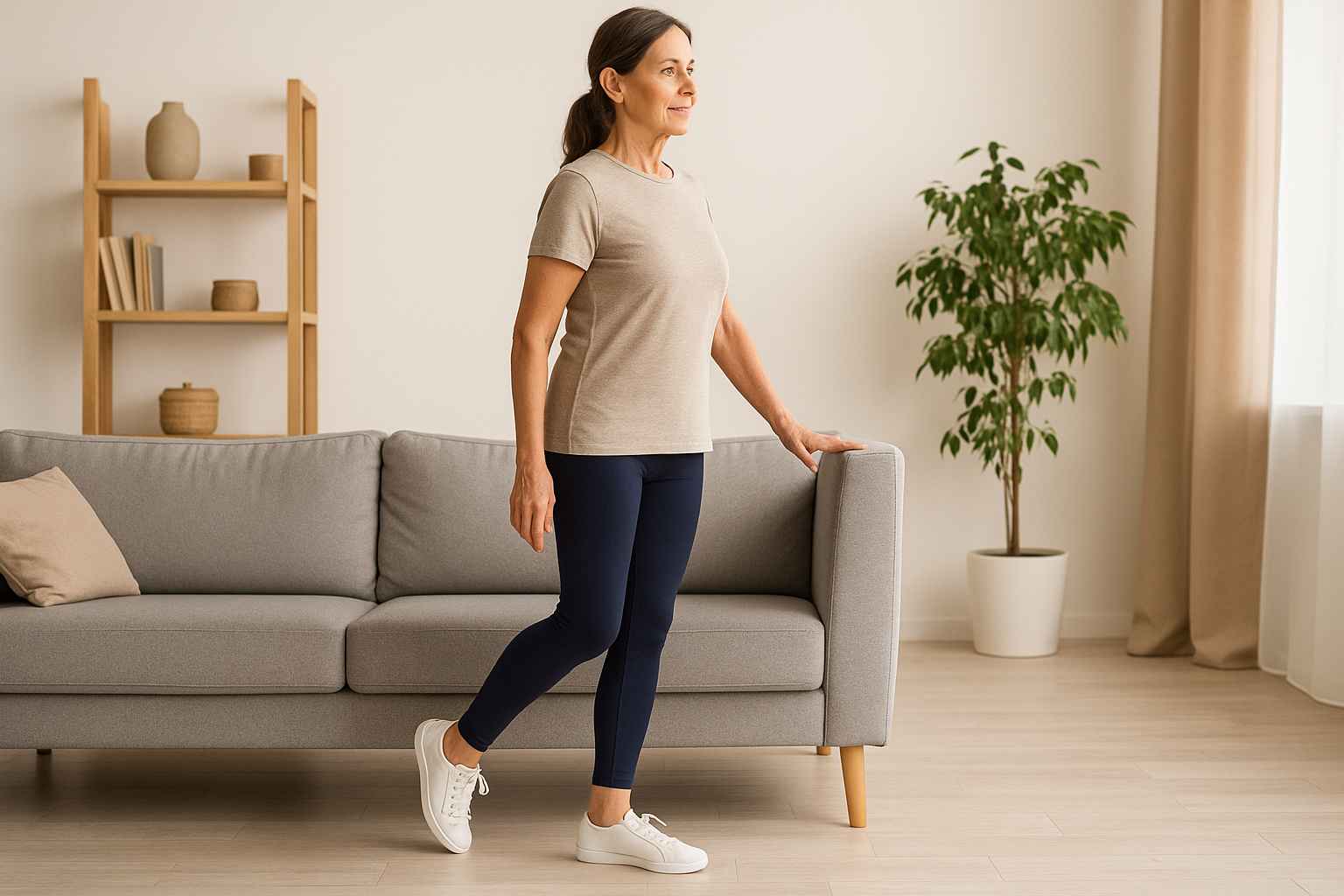Gua Sha and jade rollers are two ancient beauty tools that have gained immense popularity in recent years, both originating from Traditional Chinese Medicine (TCM). While they may seem similar at first glance, these tools serve distinct purposes and have different effects on the skin. If you’re wondering which one is right for you, or how they compare, this article highlights eight key differences between gua sha and jade rollers.
Before diving in, if you’re looking for a more comprehensive guide on how to use gua sha for your skincare routine, check out our gua sha basic guide.
1. Shape and Design
One of the most obvious differences between gua sha and jade rollers is their shape. Gua sha tools are typically flat, smooth, and shaped like a rounded stone or heart, with varying edges designed to fit the contours of your face. This unique design allows the tool to press into the skin with more intensity.
On the other hand, jade rollers consist of a smooth cylindrical stone (usually jade or rose quartz) attached to a handle. The rolling action is gentler and more uniform, providing a relaxing, soothing massage.
“Metal tools, especially those made from stainless steel, are resistant to rust, making them suitable for use during bathing. They also have the advantage of being more impact-resistant. While there aren’t significant drawbacks compared to natural stones, from a spiritual perspective, natural stones are believed to impart the inherent power of the stone.” – Ms. Mai Sogawa, Senior TCM Therapist
Key takeaway:
- Gua sha tools offer more precise control over pressure and direction.
- Jade rollers provide a consistent and gentle rolling motion.
2. Technique
The technique used with these tools is another major difference. Gua sha allows for both circular and straight strokes. The circular motion helps release tension more deeply, especially around tight areas like the jaw and temples, while straight strokes are best for lifting and sculpting the face. The scraping or pulling motion, with varied pressure, helps to release muscle tension, improve circulation, and stimulate lymphatic drainage.
Jade rollers, on the other hand, are used exclusively with straight, back-and-forth rolling motions. This provides a more superficial treatment, perfect for reducing puffiness and promoting relaxation without the intensity of gua sha.
Example Strokes: Gua Sha
- Circular motion: Use circular strokes around the temples or jawline to relieve tension and target tight muscles.

- Straight strokes: Glide the gua sha tool in smooth, upward strokes from the jawline toward the ear to lift and sculpt.

Example Stroke: Jade Roller
- Straight strokes: Begin at the center of your face and roll the larger end outward in long, even strokes toward your temples, adjusting for each area of the face, and using the smaller end for delicate areas like under the eyes.

Key takeaway:
- Gua sha offers both circular and straight strokes, giving more versatility and depth to your massage.
- Jade rollers provide a consistent straight stroke, ideal for de-puffing and soothing the skin.
3. Benefits for Skin
Both gua sha and jade rollers improve blood flow and enhance lymphatic drainage, but gua sha tends to offer more comprehensive skin benefits. Gua sha is particularly effective in lifting the skin, reducing fine lines, and alleviating deeper tension in the face. Many users notice a more sculpted look after consistent use, as the scraping motion helps to release facial muscle tightness.
Jade rollers, while beneficial for improving circulation and reducing puffiness, are more focused on surface-level benefits. They work wonders for soothing tired skin, calming irritation, and providing a temporary glow.
Key takeaway:
- Gua sha helps with lifting, reducing wrinkles, and deeper muscle relaxation.
- Jade rollers are excellent for de-puffing and soothing irritated skin.
4. Time Commitment
When it comes to your skincare routine, time is an important factor. Gua sha requires a bit more time and focus compared to jade rolling. To get the full benefits of gua sha, you’ll need to spend around 5 to 10 minutes on your routine, focusing on the technique and pressure.
Jade rollers are more beginner-friendly and require less precision, so they can be used in just 2 to 3 minutes. This makes jade rollers ideal for those who want a quick, calming facial massage without the need for intense focus.
Key takeaway:
- Gua sha requires more time and precision for noticeable results.
- Jade rollers are quicker and easier to incorporate into a daily routine.
5. Effect on Muscle Tension
If muscle tension is one of your primary concerns, gua sha is the clear winner. Gua sha’s scraping technique targets the deeper layers of facial muscles, helping to release built-up tension. This is particularly helpful for individuals who suffer from jaw clenching, tightness in the neck, or headaches caused by facial tension.
While jade rollers can provide some relaxation, their rolling motion doesn’t penetrate deeply enough to significantly reduce muscle tension. They are more suitable for relieving mild stress or tiredness in the face.
Key takeaway:
- Gua sha effectively releases deep muscle tension.
- Jade rollers are better for surface relaxation and mild stress relief.
6. Skin Type Suitability
When choosing between gua sha and jade rollers, your skin type can play a significant role. Gua sha is excellent for most skin types, but it may be too intense for those with very sensitive or acne-prone skin. The pressure and scraping motion can irritate inflamed areas if not used correctly.
Jade rollers, on the other hand, are gentler and better suited for sensitive or reactive skin. The rolling motion is less likely to cause irritation, making it a safer option for individuals with delicate skin conditions.
Key takeaway:
- Gua sha may not be ideal for sensitive or acne-prone skin.
- Jade rollers are gentle enough for all skin types, especially sensitive skin.
7. Long-Term Results
For those seeking long-term benefits, gua sha often delivers more dramatic changes over time. With consistent use, gua sha can visibly contour the face, improve skin elasticity, and reduce signs of aging, such as fine lines and sagging. It’s more of a long-term investment in your skin’s health.
Jade rollers, while effective for immediate results like reduced puffiness and a temporary glow, may not deliver as significant long-term changes as gua sha. Their benefits are more about instant gratification and relaxation rather than deep, long-lasting transformation.
“The jade roller is gentler on the skin, making it a good option for beginners. Since it causes less friction, it can be used even when you can’t apply oil, such as after makeup. The roller is easy to hold and maneuver, so it’s recommended when you want to relax or incorporate it into a simple daily skincare routine. On the other hand, if you want to define facial contours more clearly or relax deeper muscles and experience more noticeable effects, Gua Sha is recommended.” – Ms. Mai Sogawa, Senior TCM Therapist
Key takeaway:
- Gua sha provides long-term anti-aging and sculpting benefits.
- Jade rollers offer quick, temporary skin improvements.
8. Circular vs. Straight Strokes
One key difference is that gua sha can be used with both circular and straight strokes, while jade rollers are restricted to straight, back-and-forth rolling. Circular strokes with gua sha allow for deeper muscle relief and targeting specific areas, while straight strokes are better for lifting and sculpting.
Key takeaway:
- Gua sha’s circular motion helps relieve tension in tight areas like the jaw and temples, while straight strokes lift and sculpt.
- Jade rollers use straight strokes only, which are best for de-puffing and improving surface circulation.
Which Tool to Use for Different Parts of the Body
In short, gua sha is more versatile and powerful for both facial and body use, especially when you’re seeking long-term benefits like muscle relaxation, contouring, and deep tissue massage. Jade rollers are gentler and better suited for facial use, particularly for reducing puffiness and soothing sensitive skin.

Try our Anti-Aging Gua Sha Tool designed to bring out your skin’s natural glow.
Best Gua Sha Product- Anti-Aging: The tool is designed to target 11 specific aging signs such as wrinkles and sagging skin. By following the 7-step routine, users can improve skin firmness and reduce fine lines naturally.
- Enhances Skincare Routine: It works effectively with serums and lotions, boosting absorption and efficacy of skincare products.
- Visible Skin Improvement: Users can expect a smoother complexion, reduced puffiness, and a more youthful appearance.
 P. Sze
P. Sze 
















